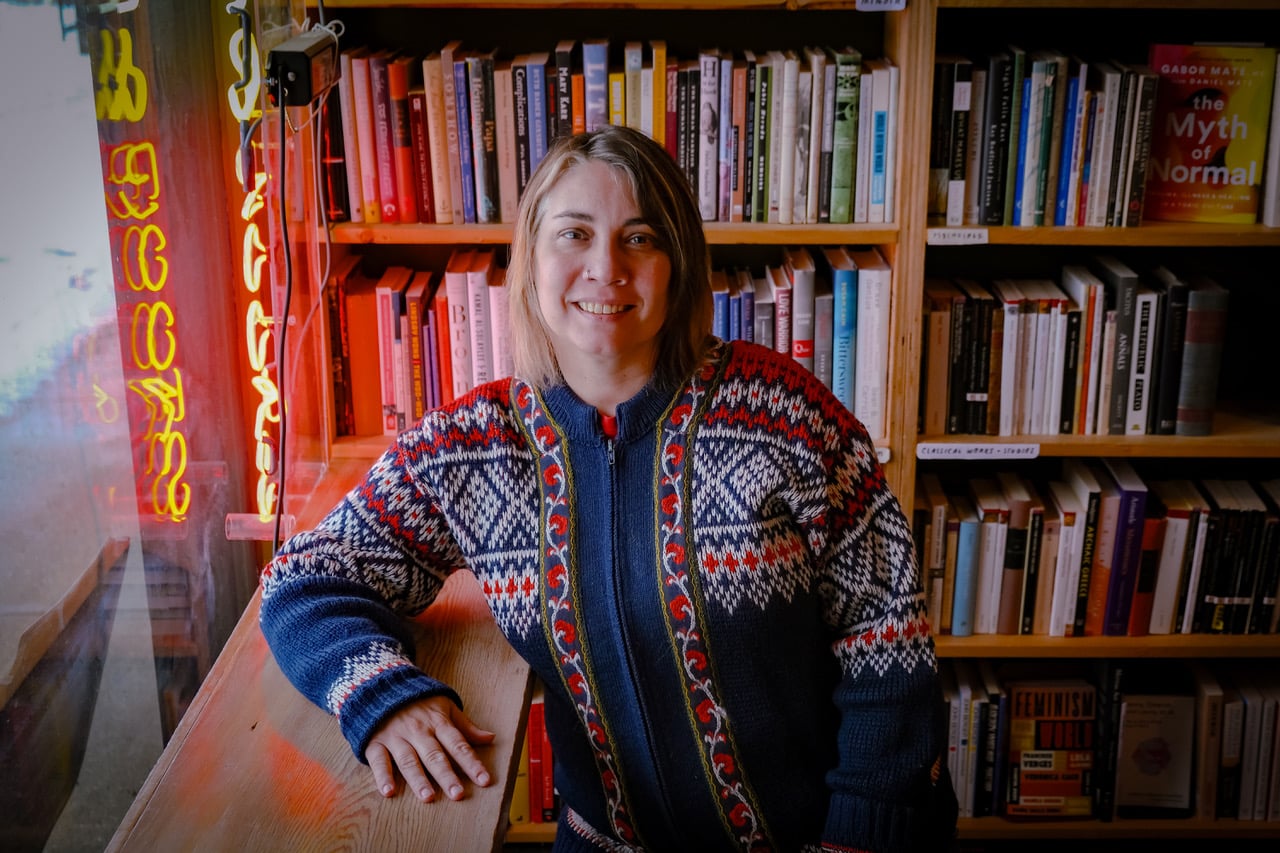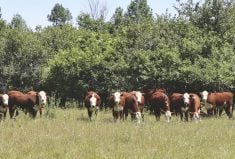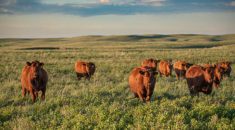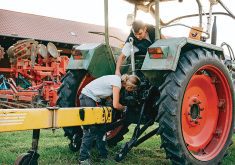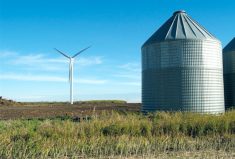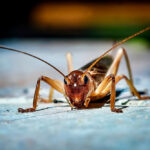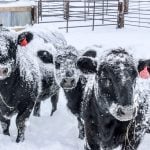Some people find bats and frogs creepy, but the Milk River Watershed Council Canada wants to examine them through its “Wild Nights” monitoring project.
The aim is to understand how many bats and amphibians live in the watershed, in southeastern Alberta, and how they’re distributed.
The group is particularly interested in the little brown myotis bat and the northern leopard frog. The bats are endangered and the frogs are threatened.
Read Also
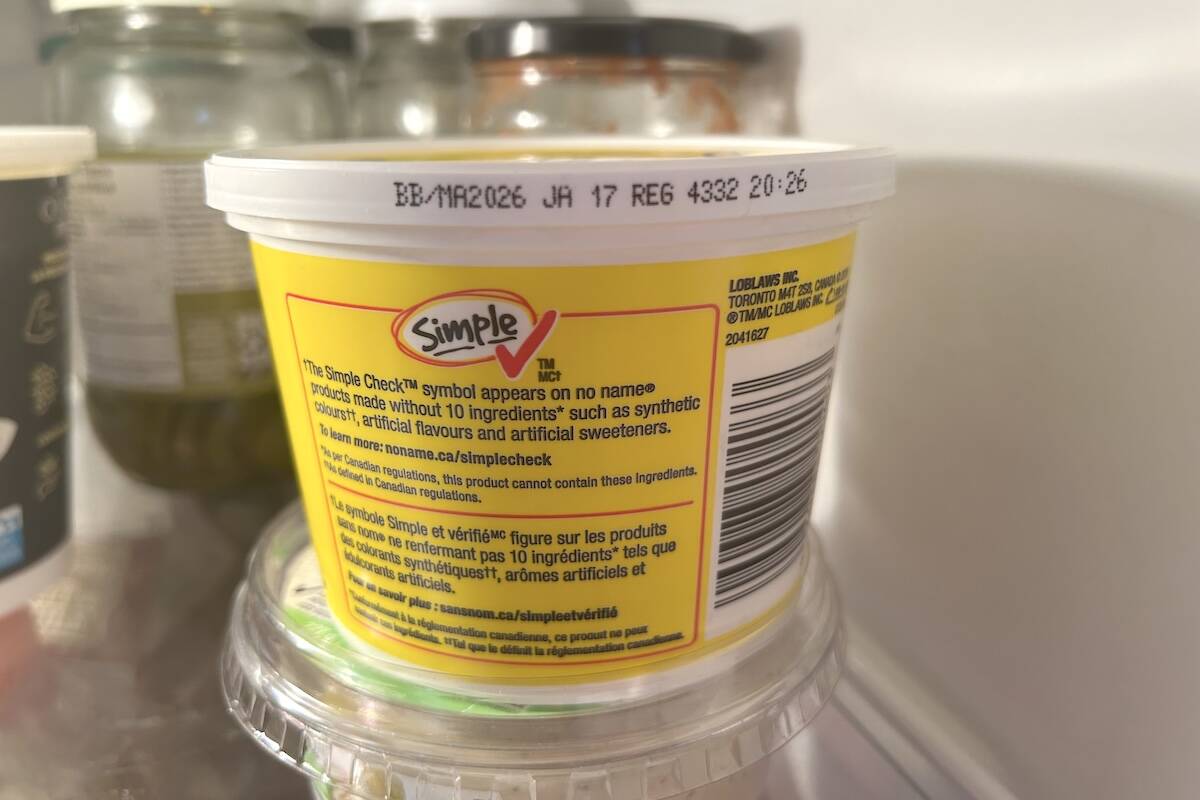
Best before doesn’t mean bad after
Best before dates are not expiry dates, and the confusion often leads to plenty of food waste.
“This project is largely to fill some of the data gaps that we have in the Milk River watershed, in particular on private land,” said Tyler Eresman, wildlife and outreach technician with the council.
The watershed group has done some work with little brown bats before, but has never done a project on amphibians.
Eresman said the voluntary program includes education and working with private landholders.
“It’s not only to increase their knowledge and help give them some information about how to manage for these species, if we find them, but also give them the opportunity to participate in habitat stewardship projects, not only for improving the habitat of the target species, but to help their operations.”
The Milk River watershed covers more than 6,000 square kilometres and includes four counties: Warner, Cardston, Forty Mile and Cypress.
Ears open
The bat and frog monitoring project will be done using acoustic monitoring. Monitoring devices are placed in the field and programmed to turn on at specific times to record all sounds.
Once the devices are removed, Eresman will listen to the recordings.
“For amphibians, it’s just like a regular acoustic microphone. It’s just recording regular sounds like you and me talking.
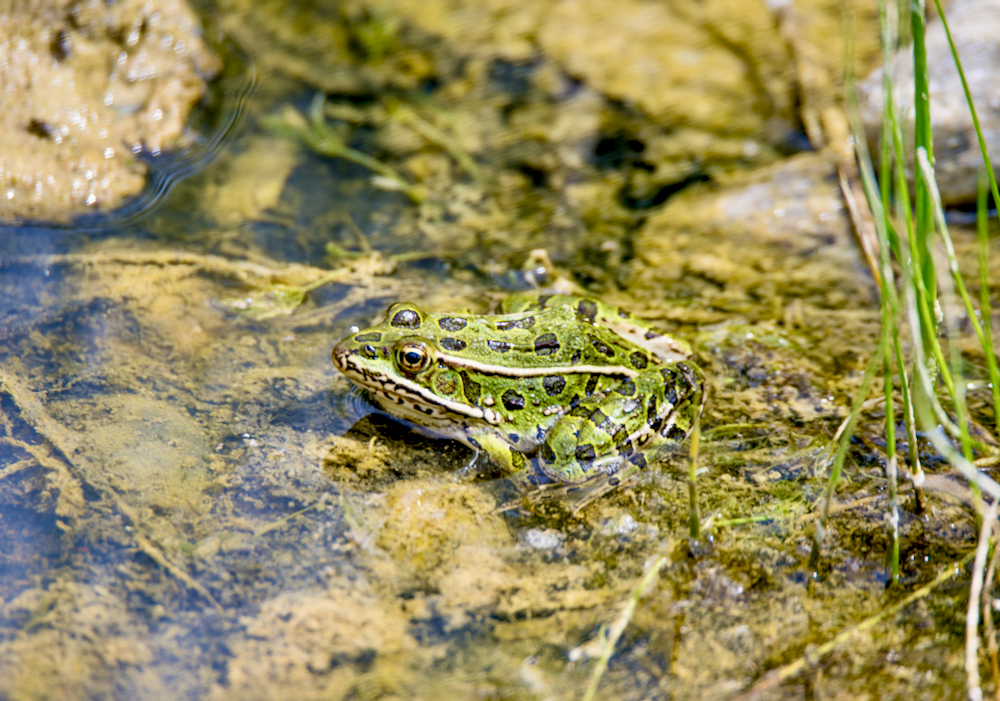
“But for bats, we have to use specific ultrasonic microphones which record a much higher frequency and require a bit more work to listen to them and find out what’s going on.
“It’s basically just listening to the calls, specifically breeding calls for the amphibians and search call sequences for bats when they are flying around at night.”
The little brown myotis bat has been deemed an endangered species due mainly to white nose fungus. The fungus was introduced to North America in 2006 or 2007 and confirmed in Alberta for the first time in 2022.
“It’s a fungus that can cause mortality in bats and wakes them up during the hibernation phase,” Eresman said. “It depletes their energy reserves. It spreads mostly by contact and there are high mortality rates, especially on the East Coast.
“Not much is known about how it will affect the more northwestern population, because they may not hibernate in such large groups due to the absence of large caves and such. The fungus has been detected in Alberta in a few locations, one of which is within the Milk River watershed.”
The northern leopard frog is threatened because of habitat loss, wetland reduction, land conversion, pesticide use and climate change. The introduction of recreational fish species can also pose a threat because some fish eat tadpoles.
This is the second time the watershed has surveyed bats. A previous two-year project was also voluntary and involved private landholders. The focus was largely on bat roosting and structures, including farmyards and old barns.
The group put bat houses on private land to provide roosts.
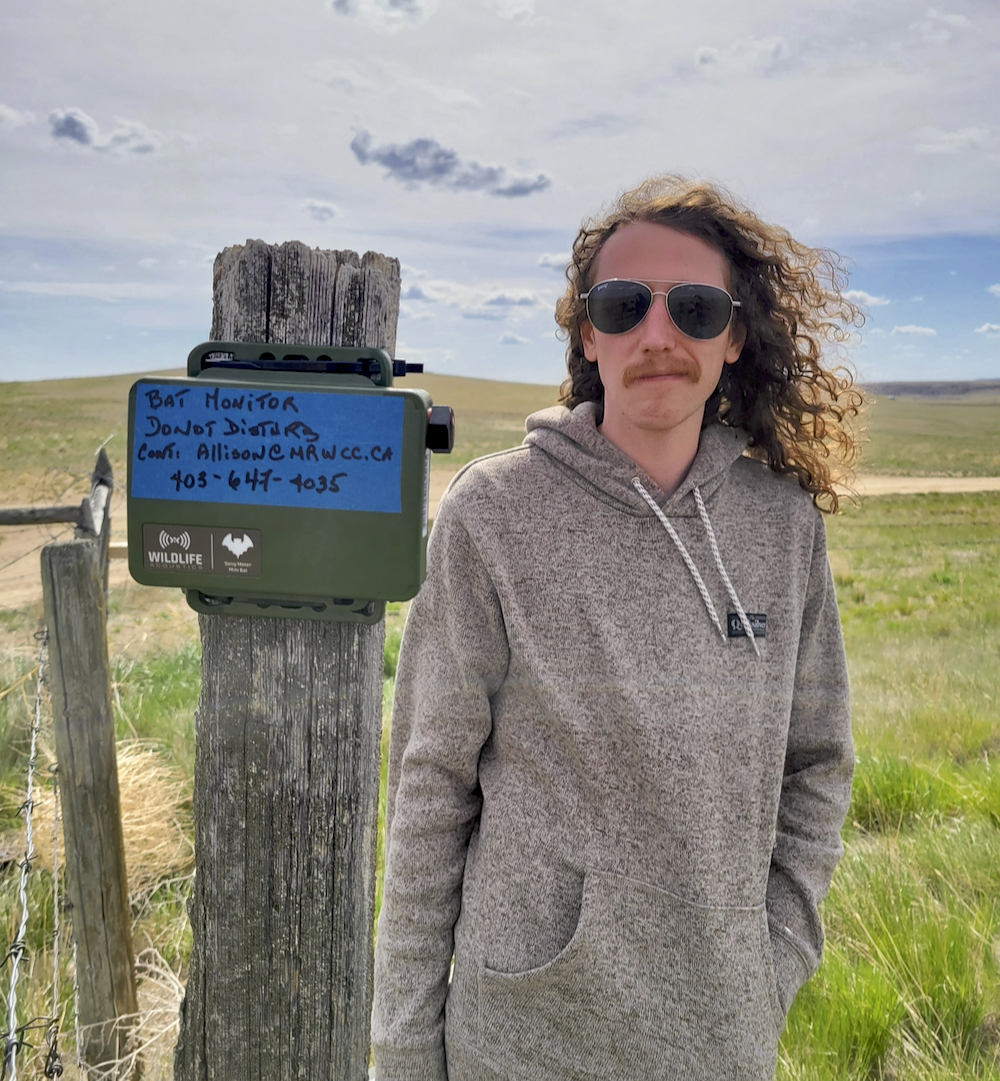
Range
The latest project, “Wild Nights”, is focused on wetlands, riparian areas and man-made waterbodies. These areas are important foraging ground for bats, especially the little brown myotis.
“They feed quite heavily on aquatic insects after they’ve hatched. And that’s how they are tied together with amphibians. The northern leopard frog uses these areas for breeding areas in the spring,” Eresman said.
“Wild Nights” will track the food structure of bats and frogs, and aim to determine the best habitat needed. It is a continuation of the previous bat project.
Landholders who choose to participate will be given a report card, but that’s just for information purposes. The report card will include all the species found and recorded during the survey.
The project also includes a brief site survey, which will examine plant characteristics, wetland classification and general health of the wetland.
Water quality will be sampled and that can help cow-calf producers determine whether to use that water source during a drought.
Landholders who participate can receive funding for enhancement projects.
If the site is determined to be important to the little brown myotis or the northern leopard frog, the watershed council will work with interested landholders to devise a project.
“It could be a fencing project or an alternate watering project, or maybe some vegetation planting to increase the vegetation biomass if they’re having problems with erosion or something like that,” Eresman said.
Interested landholders in the Milk River watershed should contact Eresman as soon as possible. He can be reached at [email protected] or 403-647-4035.

